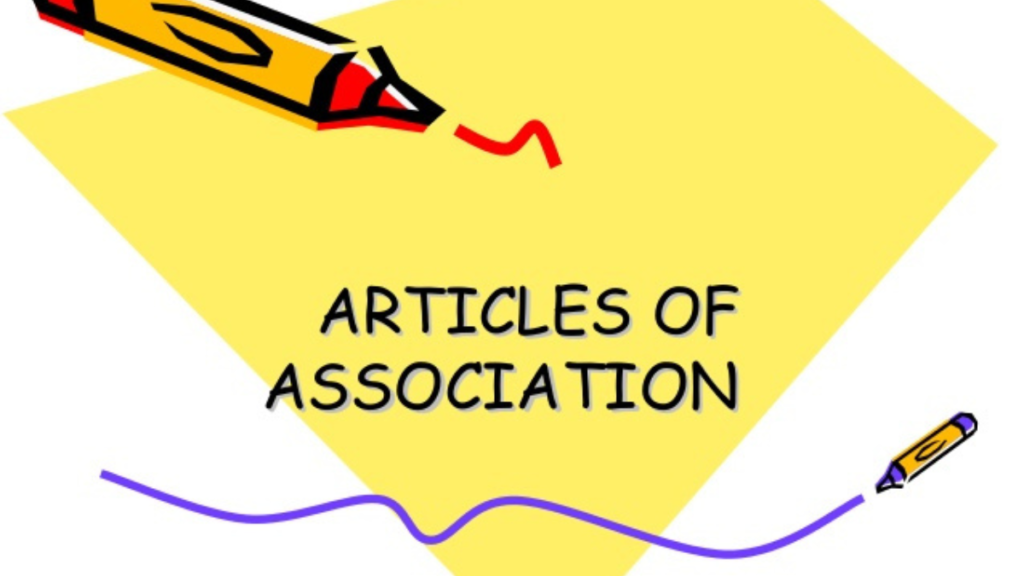
The very first judicial pronouncement relating to the overriding effect of articles and shareholders’ agreement was made in the case of V.B. Rangaraj Vs. V.B. Gopalkrishnan & Ors., the question of whether the clauses of shareholders agreement are enforceable even if they are not mentioned in the articles of the company. It was opined by the Supreme Court that the clauses of shareholders’ agreement, even if they are in accordance with the Companies Act but are not mentioned in the articles of association, cannot have a binding effect till the time they are expressly mentioned in the articles of the company.
Further, in the Vodafone judgement AIR, the Supreme Court held that the clauses of shareholders’ agreement till the time they are in accordance with the Company law and not contrary to the articles of the company shall have a binding effect on the parties to fulfil their rights and obligations. The court further stated that shareholders can enter into any kind of agreement in the best interest of the company only till the time the provisions of the shareholders’ agreement are not contrary to the articles of association of the company.
In the case of World Phone India Pvt. Ltd. S WPI Group Inc., the shareholders of the company entered into a shareholders’ agreement wherein affirmative rights were granted to ll Vs the shareholders’companiesshareholders sametinot mentioned under the articles of the Company. The Delhi High Court held that the provisions of the Ahi agreement, though silent in the articles of the t.and not in contradiction with them, will not be enforceable.